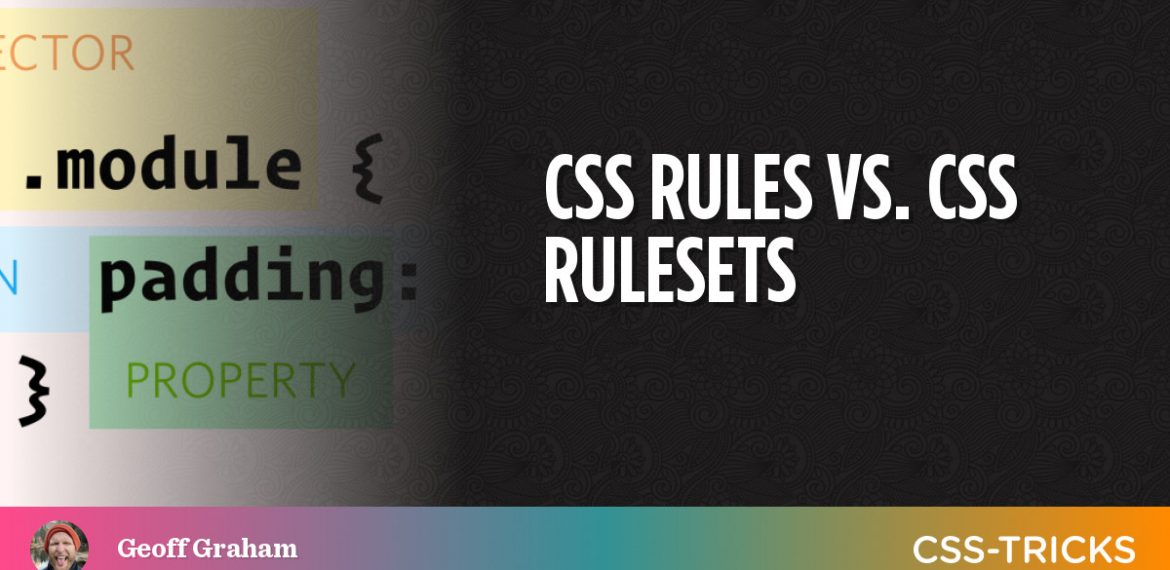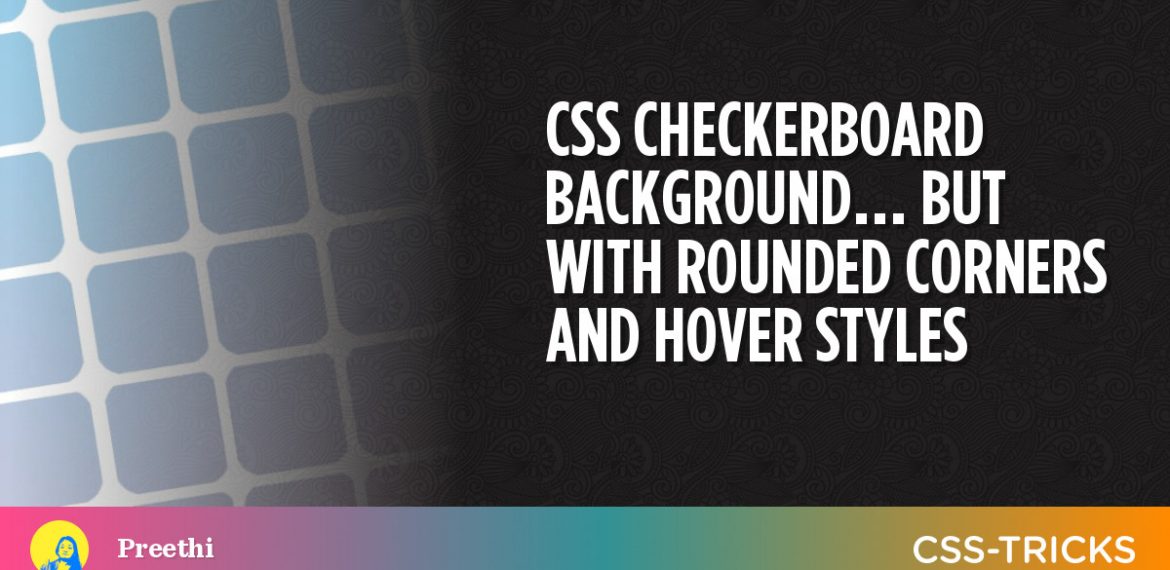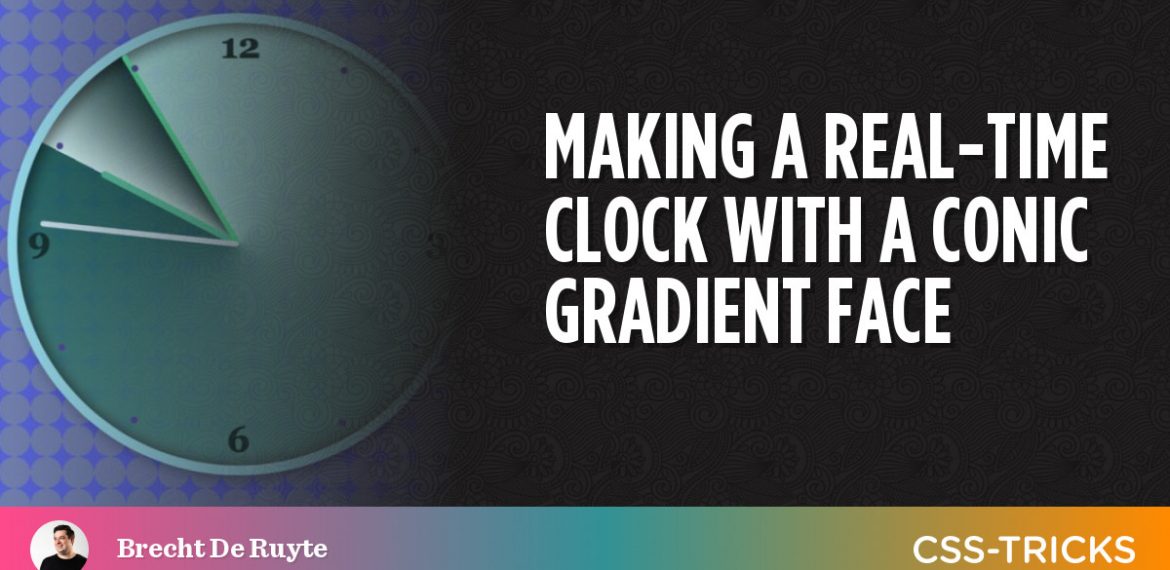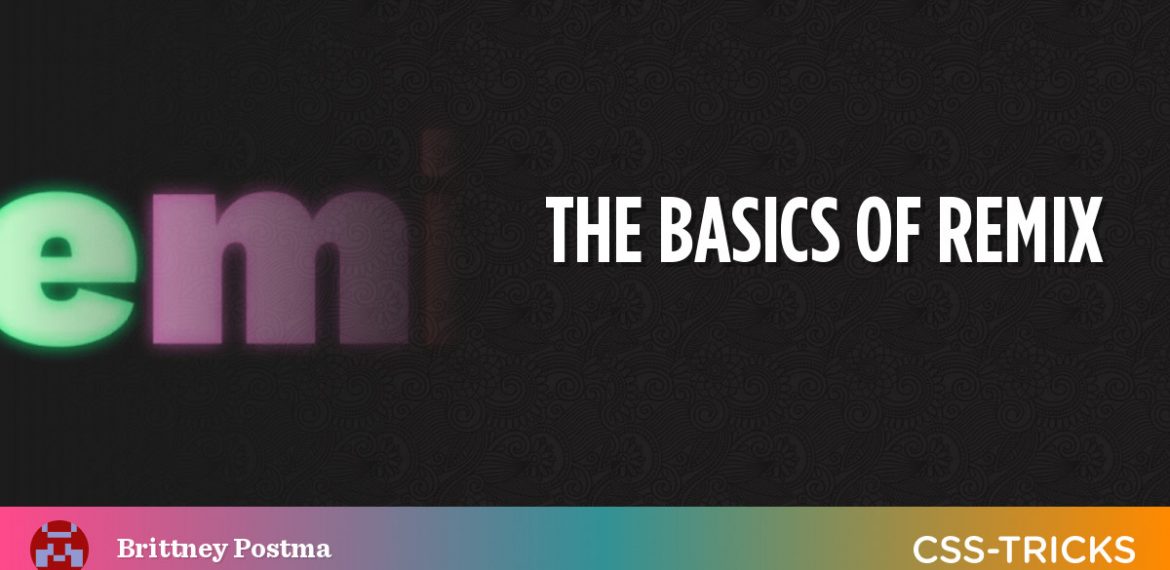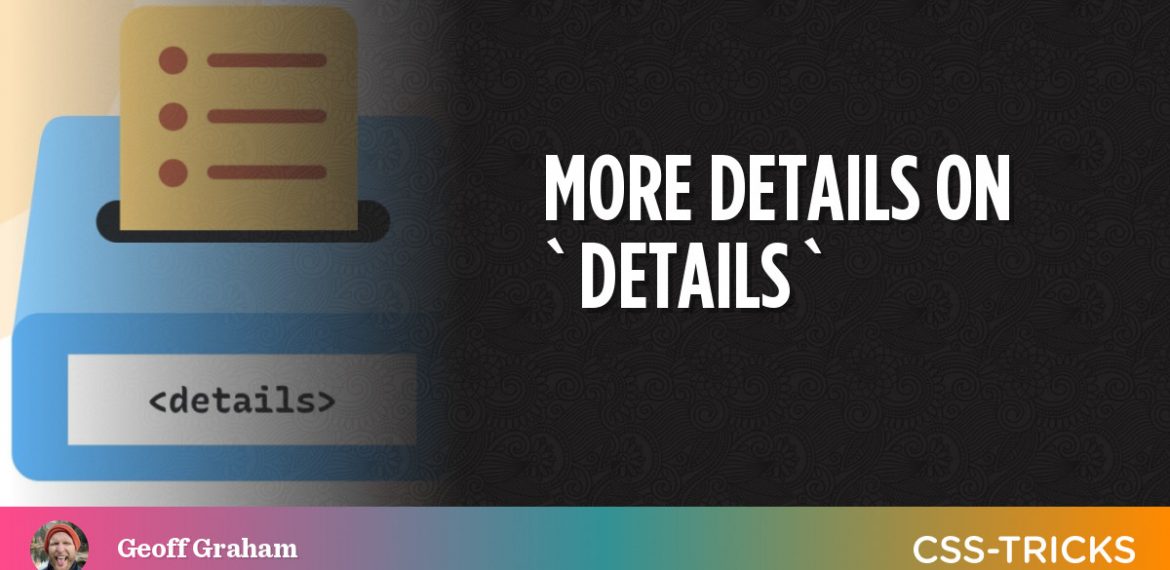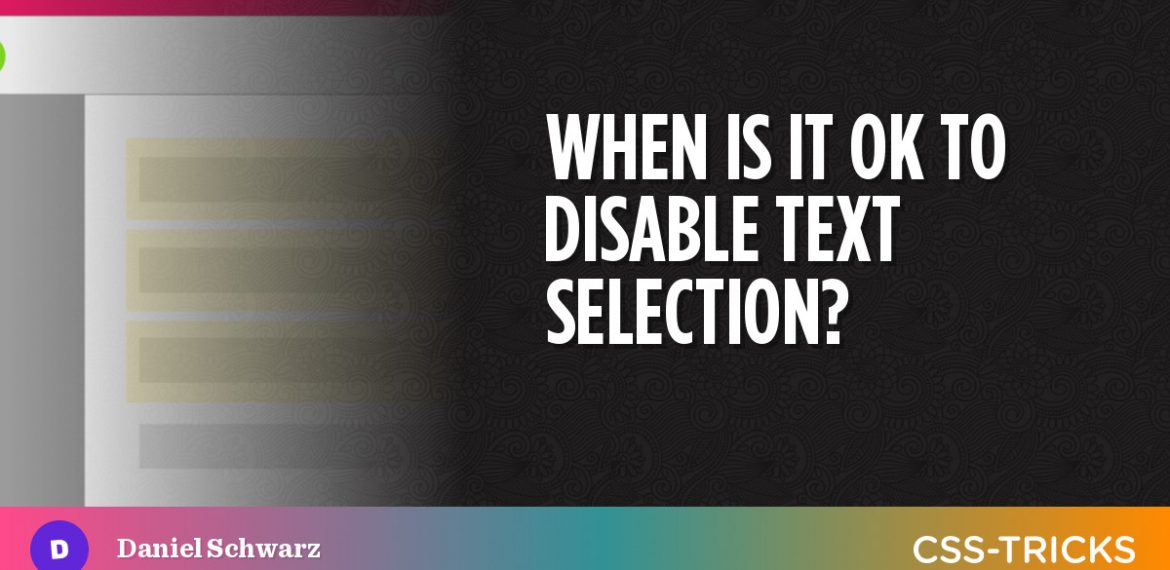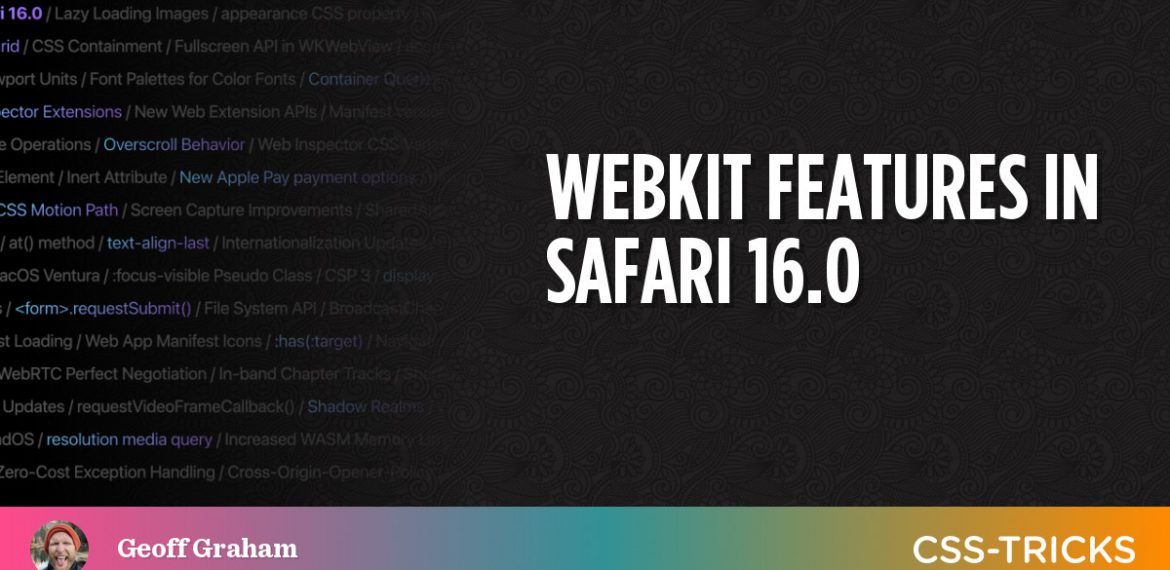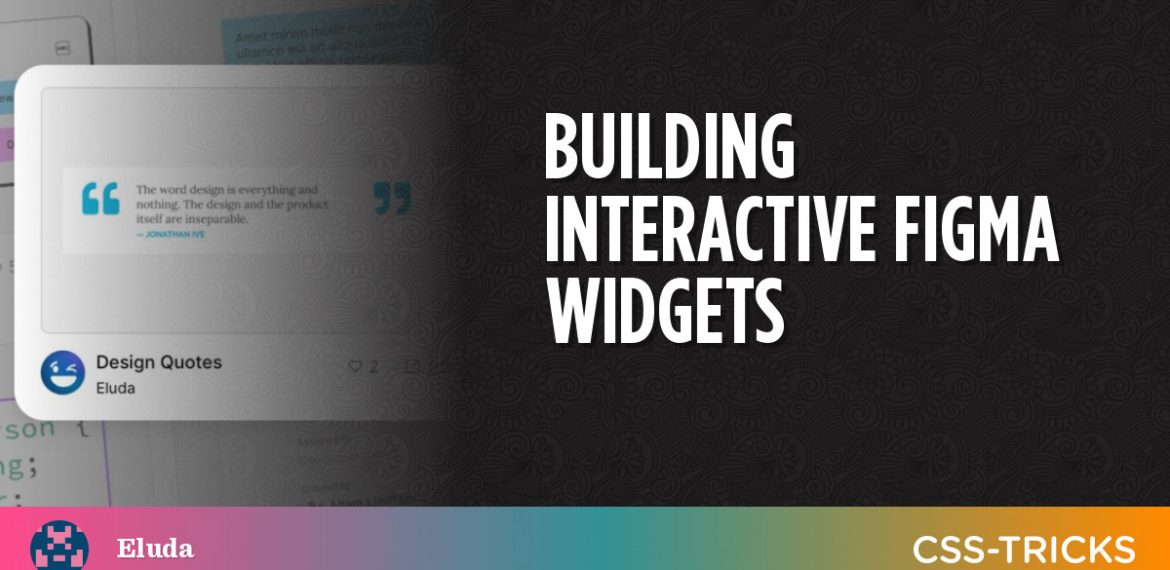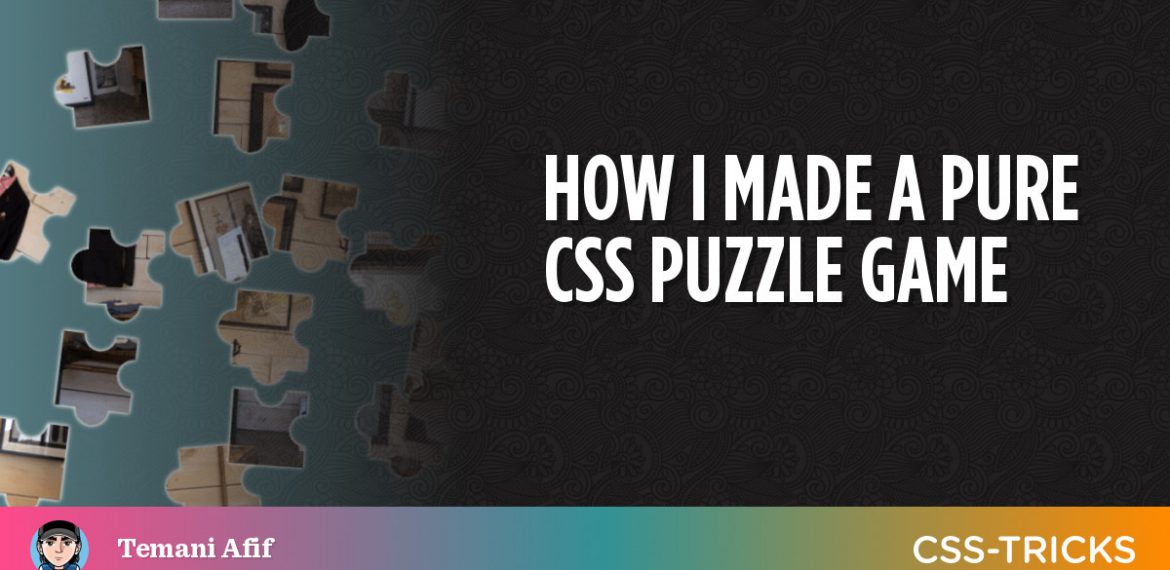The Web is Good Now | CSS-Tricks
The video of Chris Coyier’s talk at CascadiaJS 2022 is now available. It’s his first in-person talk in more than two years, so it’s great to see our good friend back on stage slinging gems on what makes the web good these days. Container Queries! WAAPI! Scroll Timelines! offset-path! FLIP! Variable fonts! Fluid type! We really are all-powerful front-end developers these days. Chris really packs a bunch into a 25-minute


